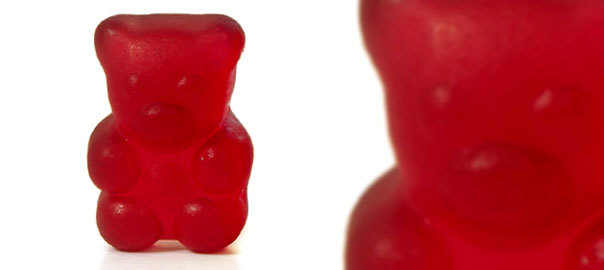We recently launched our ‘Nutri Bears’ – a children’s natural vitamin & mineral Wholefood ‘chewable’ supplement.
It prompted questions from many people about the need for any form of such supplementation for young children in ‘developed’ countries? After all kids are typically bursting with health and energy.
In our booklet on Nutri Bears we cover this topic in more detail including statistics from SACN (Scientific Advisory Committee on Nutrition) on child nutritional deficiencies in the UK; due typically to diet.
In the first of a series on children’s health and nutrition we are going to look at Vitamin D and children.
In December 2012 the Royal College of Paediatrics and Child Health expressed concerns about vitamin D deficiency in UK children leading to a range of ailments including a worrying rise in rickets cases.
This followed on from advice earlier in 2012 from the chief medical officer for England recommending that all pregnant and breastfeeding women and children aged six months to five-years-old should take vitamin D supplements.
Put simply children and pregnant and breast-feeding women all need extra vitamin D because it is a vitamin required for growth. Vitamin D is mostly made in our skin by exposure to sunlight. Most of the foods we eat contain very little vitamin D, though more recently some makes of processed foods are fortified with added vitamin D.
Hence Vitamin D is termed ‘the sunshine vitamin’ and to put it bluntly – no sunshine, not enough Vitamin D and this is one of the causes reported on widespread Vitamin D deficiency in Scotland. (As we age our body does not convert vitamin D from sunlight as easily; hence government advice on vitamin D supplements for the over-65s too).
Vitamin D is vital for the proper absorption of calcium and the use of phosphorus and hence important for the maintenance of strong bones and teeth, helping support the functions of the immune system and contributing toward normal muscle functions. The following are examples of foods that contain Vitamin D: salmon, mackerel, tuna, sardines, milk, eggs, beef, liver and Swiss cheese.
Therefore with children the most likely causes of Vitamin D deficiency are lack of sunshine and/or a diet deficient in the vitamin. Breast feeding women who are themselves deficient in Vitamin D will pass little of the vitamin in their breast milk.
It should be mentioned that in general those on certain medications (e.g. for some heart ailments), those with rare medical conditions (e.g. kidney disease), vegetarians and vegans (due to diet), and those with darker skins e.g. African, South Asian (they are unable to ‘make’ as much vitamin D) can all be more susceptible to Vitamin D deficiency.
Vitamin D deficiency for any age group can be hard to spot as it typically manifests as minor aches and tiredness. Symptoms in children and babies in severe cases include respiratory problems, muscle spasms and bone deficiencies that can result in rickets. Poor tooth development and irritability are other warning signals in the young.
Vitamin D3 is the most bioavailable form of this nutrient and far preferable to Vitamin D2 to supplement with. There is ongoing debate on what levels of Vitamin D to supplement with – recent studies suggest higher levels than the current UK RDA (Recommended Daily Allowance) are optimally beneficial.
If you have any concerns regarding your child’s nutritional health you can contact your G.P. or a suitably qualified health practitioner. Alternately please do contact me (Amanda) by phone or email at any time. I can also put you in touch with a nutritional practitioner in your area.
Amanda Williams
Cytoplan
amanda@cytoplan.co.uk
01684 310099
All links below are Children & Vitamin D related:
Professor Mitch Blair Royal College of Paediatrics and Child Health: ‘Action needed on vitamin D levels’
Department of Health on Vitamin D Deficiencies: Dangers of vitamin D deficiency highlighted
Royal National Orthopaedic Hospital: Vitamin D in children



What kind of brand of vitamin d is the best for children age 2 to 10
Hi There – our D3 drops are suitable from birth. 4 drops provide 400i.u., which is the recommended dose for children aged 1 and above. Alternatively, our Junior D3 is a tablet that provides 1000i.u. and is suitable from 5 years.